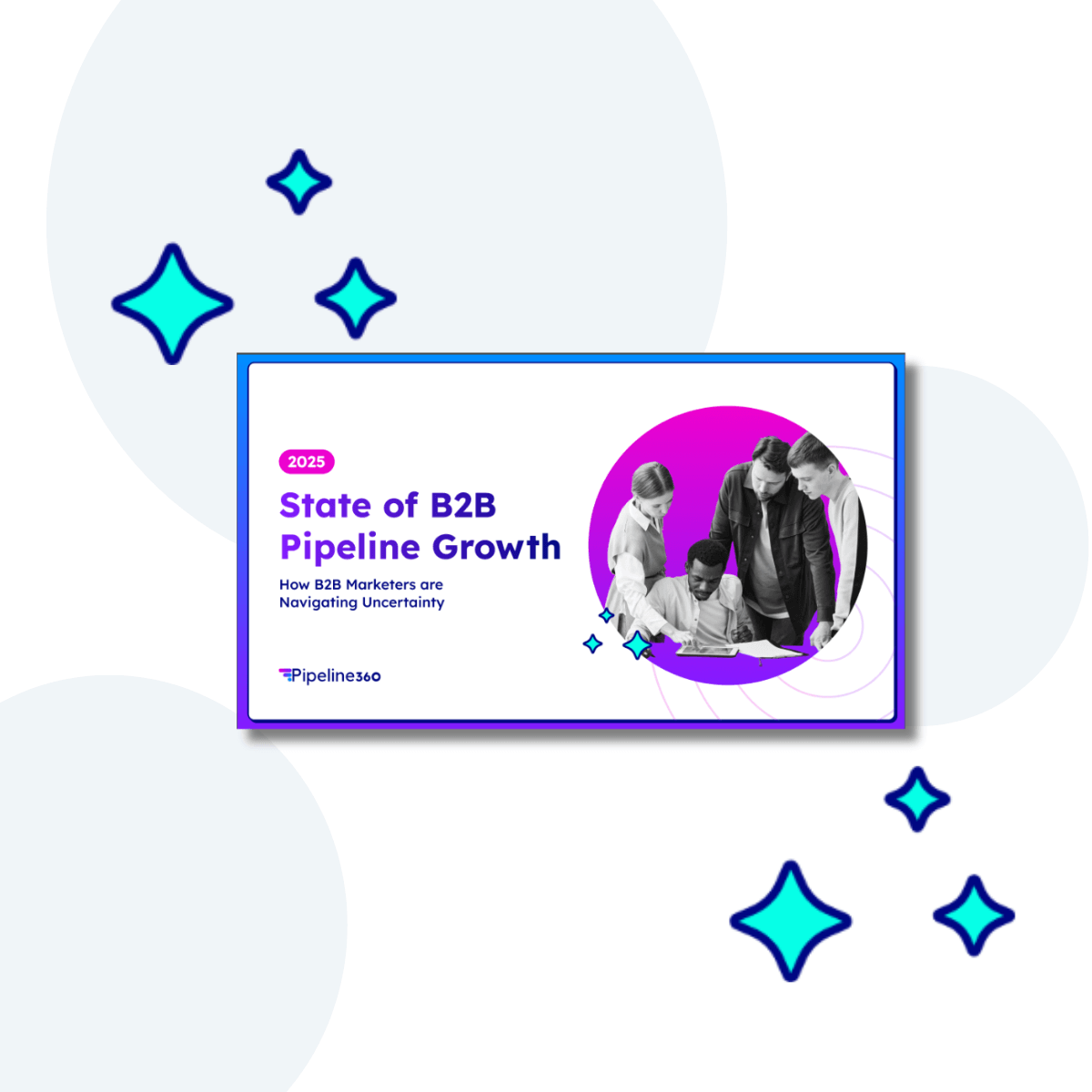B2B marketers are under immense pressure to deliver more pipeline faster, and often with shrinking budgets and tight timelines. While this mission is a constant, the landscape around it is constantly shifting. According to the Pipeline360 2025 State of B2B Pipeline Growth report:
- 45% of marketers cite economic uncertainty as their top challenge
- 36% say these external pressures are compounded by unrealistic internal expectations
- 33% report declining engagement metrics, including falling email performance
This convergence of macroeconomic headwinds, internal pressure, and shrinking attention spans has pushed marketers to rethink how demand is generated, measured, and scaled. Traditional tactics are not enough, especially when speed, scale, and accountability are imperative. That’s why an increasing number of organizations are turning to Demand-generation as a Service, otherwise known as Demand as a Service or DaaS: a fully managed, outcomes-focused model that allows marketing teams to focus on strategy while trusted partners deliver measurable pipeline at scale.
A core part of this effort is focused on delivering the best possible content. Content sits at the center of every successful demand generation effort. It establishes thought leadership, builds awareness, and drives meaningful engagement across every stage of the buyer journey. But high-quality content doesn’t happen by accident. It requires a strategic foundation, thoughtful execution, and consistent optimization. Here are four foundational steps for getting it right:
4 Steps to Performance-Driven Demand
1. Audit Your Content
Before creating anything new, it’s critical to understand what content you already have and how well it’s performing. Many organizations maintain large content libraries but struggle to see meaningful engagement or conversion. Often, standout assets are buried among underperforming ones, making it hard to know what to keep, what to update, and what to retire.
A thorough content audit should assess all relevant asset types—white papers, blogs, videos, sales collateral, nurture content, and more—based on quality, relevance, and potential for engagement. This step helps identify content gaps, surface high-value assets for reuse, and ensure alignment with current buyer needs and business goals.
The scope and depth of the audit will vary depending on the organization’s structure and timeline, but the goal is always the same: gain clear visibility into your content ecosystem so you can make smarter decisions moving forward.
2. Build a Content Strategy
A strong content strategy transforms insights from the audit into a roadmap for execution that’s focused on creating the right content, aligned to buyer journeys, personas, and pipeline goals.
Every content strategy should be tailored to the business it serves. That means factoring in industry dynamics, competitive positioning, audience behaviors, and internal priorities. It also requires collaboration across marketing, product, and sales teams to ensure all stakeholder needs are addressed, from lead generation and brand awareness to enablement and retention.
The best strategies are both focused and flexible. They clearly define goals, audiences, content types, and distribution channels across demand gen, paid and organic social, thought leadership, and beyond while remaining adaptable to changing market conditions. Once defined, the strategy becomes the blueprint for creating and activating content that drives performance across the funnel.
3. Create First-Class Content
Execution is everything. With strategy in hand, it’s time to bring content to life. Whether it’s a long-form white paper, an animated explainer video, a podcast episode, or a carousel for social media, every piece of content should be designed with purpose. That means aligning tone, format, and messaging to the audience and intended stage of the buyer journey.
Scaling high-quality content often requires tapping into a network of creators with specific expertise such as writers, editors, designers, videographers, and more. Effective content operations also include editorial planning, content calendars, and streamlined review workflows to ensure consistent delivery. Whether you’re working with internal teams, external agencies, or a mix of both, the key is to stay focused on quality, relevance, and agility.
4. Integrate Digital Ads
Even the best content can fall flat if it doesn’t reach the right audience. Strategic distribution, especially through digital advertising, is essential to maximizing content performance.
Digital ads help amplify your message and keep your brand top-of-mind throughout the buyer journey. From paid social and programmatic display to sponsored content and retargeting, ads offer precision targeting and scalable reach. They also allow for real-time performance tracking, so you can continually optimize spend and messaging.
To drive performance, brands should think beyond standalone campaigns. Integrate digital ads into your broader content strategy to ensure a consistent, cohesive experience across touchpoints. By aligning your ad efforts with high-value content and clear calls to action, you can accelerate engagement, nurture interest, and move prospects through the funnel with greater efficiency.
The Smarter Way to Drive Demand
Executing a performance-driven content strategy takes time, talent, and alignment across multiple teams and disciplines. From auditing content to activating digital campaigns, each step adds complexity, and that complexity often slows down results. That’s why more marketing leaders are turning to DaaS to streamline execution, accelerate delivery, and focus internal teams on what they do best: driving strategy and growth.
At Pipeline360, we’ve built a model purposefully designed to simplify demand generation and deliver measurable outcomes. As a leader in Demand Generation as a Service, we combine expert-led content strategy, high-impact creative production, targeted multichannel activation, and real-time performance insights all in one fully managed solution. Our model gives marketers the speed, scale, and control they need to build predictable pipeline without the operational drag.



